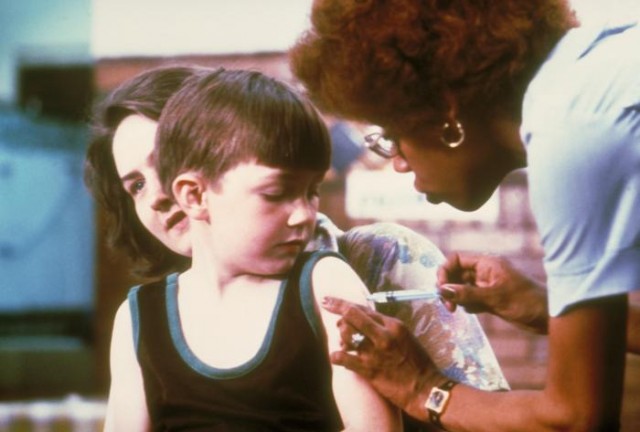Flight Risk: Woman with Extreme Form of TB Flies
on June 10, 2015
5 Comments
American officials are scrambling to contact people exposed to an Indian woman who has been diagnosed with an extremely difficult-to-treat strain of tuberculosis.
A female patient with an extremely hard-to-treat form of tuberculosis is being treated at the National Institutes of Health [NIH] outside Washington, D.C., and federal and state officials are now tracking down hundreds of people who may have been in contact with her. The woman traveled to at least three states before she sought treatment from a U.S. doctor. While TB is not easily caught by casual contact, extensively drug resistant (XDR) TB is so dangerous that health officials will have to make a concerted effort to warn anyone who may be at risk. ... The patient, who isn't being identified in any way, may face months or even years of treatment. Ordinary TB is hard to treat and requires, at a minimum, weeks of antibiotics. XDR-TB resists the effects of almost all the known TB drugs. Sometimes patients have to have pockets of infection surgically removed. Only about a third to half of cases can even be cured.This quest could prove extremely challenging. The NIH's latest patient traveled through one of the country's busiest airport hubs then onto three separate states.










 The Obama Administration must be worried that the lack of immunization for childhood diseases is going to blossom into a major healthcare PR crisis of Ebola-like proportions, because its friends in the mainstream media are now smearing those who don't vaccinate with that vile term, "Tea Party." How, then, can these mainstream publishers explain the preponderance of progressive non-takers?
The Obama Administration must be worried that the lack of immunization for childhood diseases is going to blossom into a major healthcare PR crisis of Ebola-like proportions, because its friends in the mainstream media are now smearing those who don't vaccinate with that vile term, "Tea Party." How, then, can these mainstream publishers explain the preponderance of progressive non-takers?














